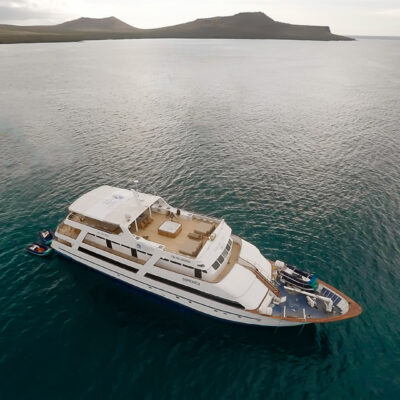Where to Stay
Below are some of the wonderful properties to include on your journey.
The Galapagos archipelago is made up of 18 main islands, which includes the largest Isabela and most populated Santa Cruz, three small islands and 107 rocks/islets. More information about the various islands can be found below.
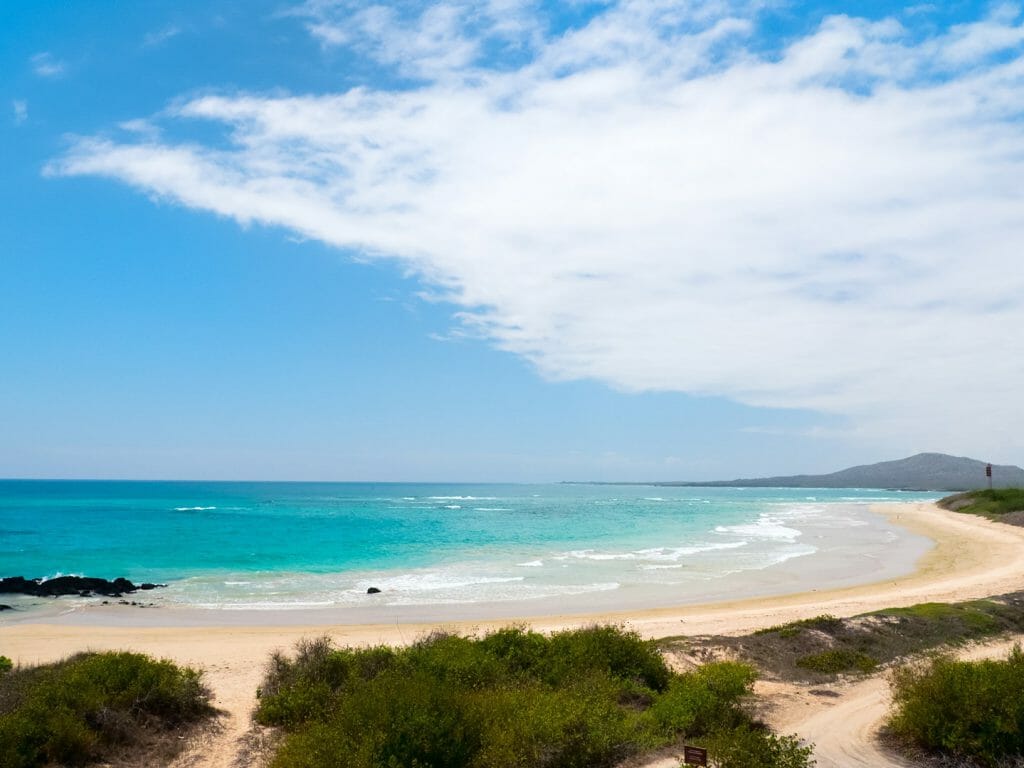
The largest island in the Galapagos, Isabela is four times the size of Santa Cruz and formed by the merging of six volcanoes. As far as islands go, Isabela is a young island at around a million years old and has several active volcanoes. This is due to its close proximity to the hot spot which created this archipelago, the highest being Wolf Volcano reaching 1,707 metres.
Isabela, shaped like a seahorse (if you’re lucky you may also spot one here), lies near the Cromwell Current which is rich with food and nutrients and helps attract the likes of dolphins, whales, blue-footed boobies and the Galapagos penguin.
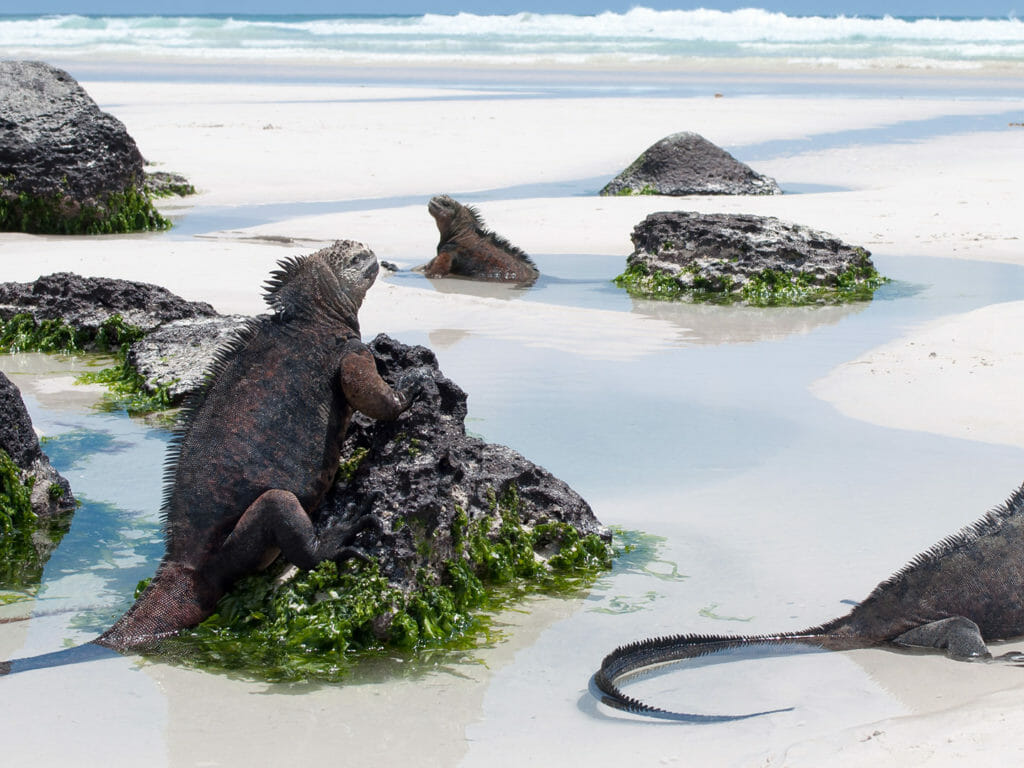
Santa Cruz is the second-largest island in the Galapagos and has the largest human population, living mainly in the town of Puerto Ayora. The island is thought to have been formed in two parts, north and south. The northern section is the older part, created due to an uplift of land — you can see the layers of marine sediment and limestone as evidence of this process. The southern younger part of the island was formed through volcanic cones and lava, the landscape of which is often likened to that of the moon with craters, cones and tuffs. The island is also home to the giant tortoise, sea lions, flamingos, marine and land iguana, lava heron and boobies. By heading up to the highlands surrounded by scalesia trees, cacti and ferns, you will have the opportunity to see the giant tortoise thriving in this lush green scenery. Some can reach the grand old age of 200 years and weigh up to 250kg.
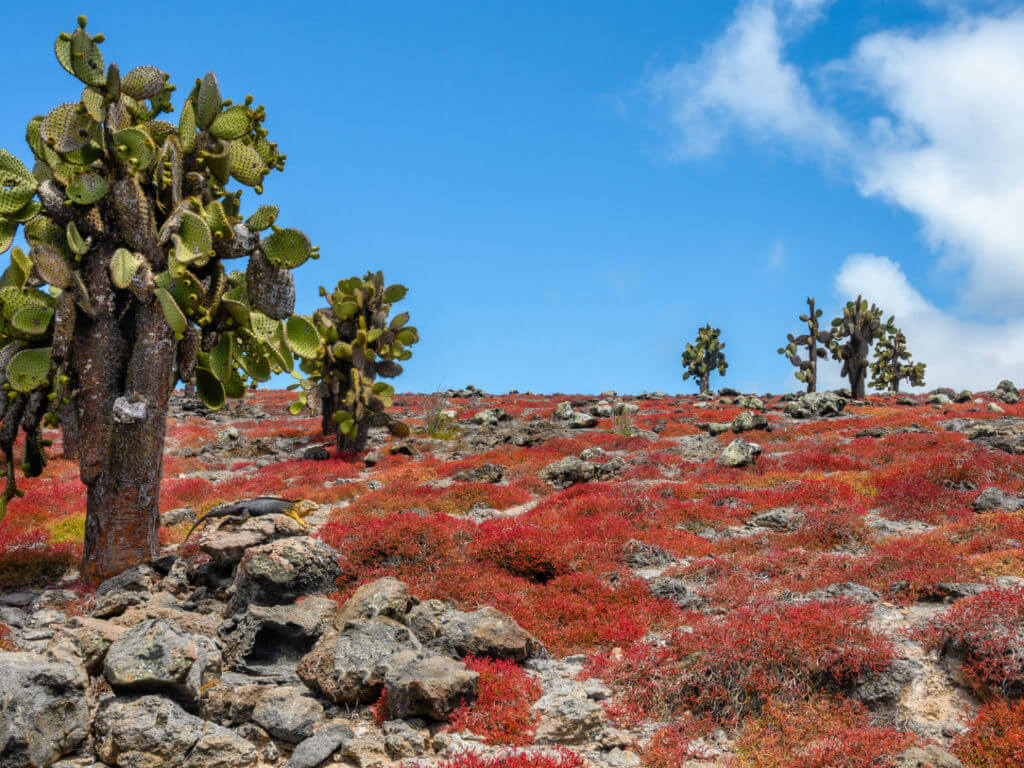
Two small crescent-shaped islands (north and south) located off the coast of Santa Cruz and separated by a channel less than 1km wide. These were formed by uplifted slabs of the sea bed rather than volcanic islands. The North Plaza is reserved for scientific research and closed to the public. South Plaza is open to visitors and here you can view marine iguanas, swallow-tailed gulls, common noddies, red-billed tropicbirds, blue-footed and Nazca boobies.
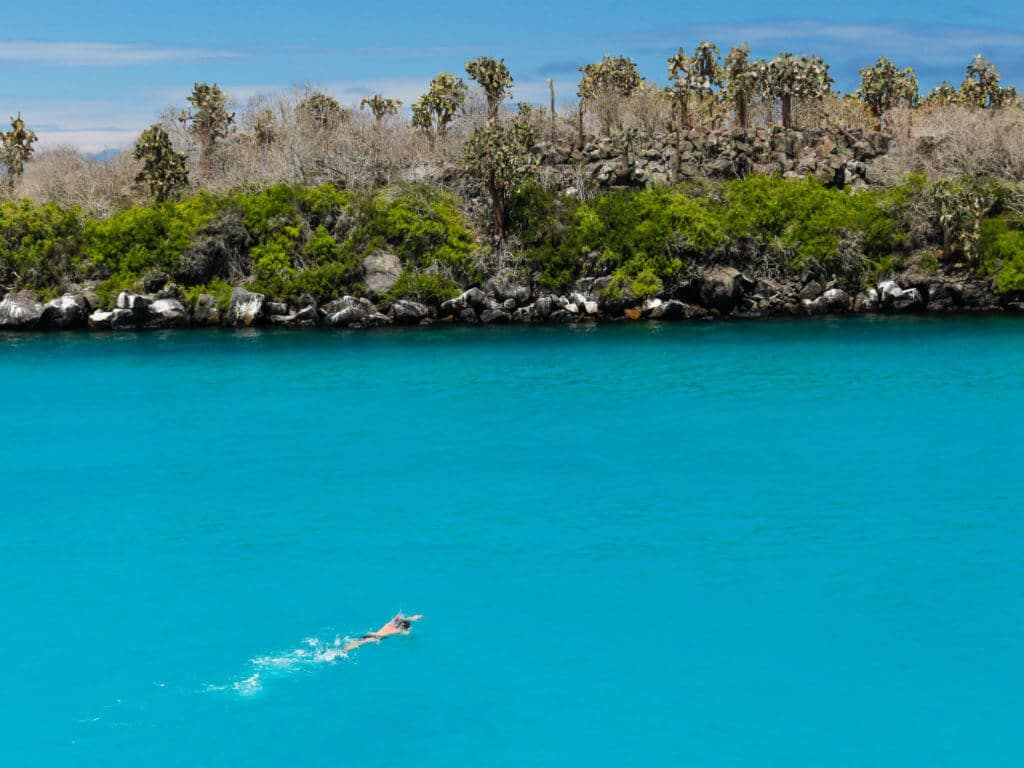
An arid vegetation zone with opuntia cacti forest which are among the tallest in the archipelago. With only one visitor site, Bahia Barrington and a 1.5km trail, you can identify a variety of species such as green sea turtles, spotted eagle rays, brown pelicans, boobies (both blue-footed and Nazca), Galapagos sea lions and the endemic Santa Fe rice rat which is nocturnal.
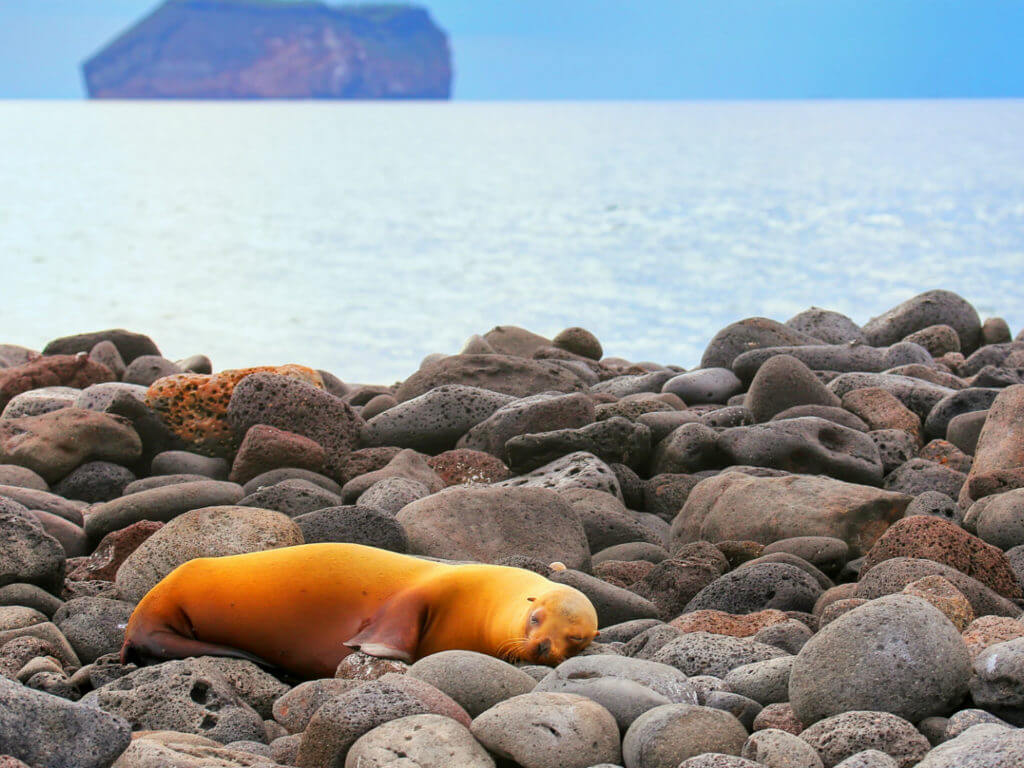
A fairly small, uplifted lava flow island, 1.9km2 in area and located just 40km from Puerto Ayora. Here you will see the magnificent frigate bird, land iguanas, lava lizard and of course, sea lions.
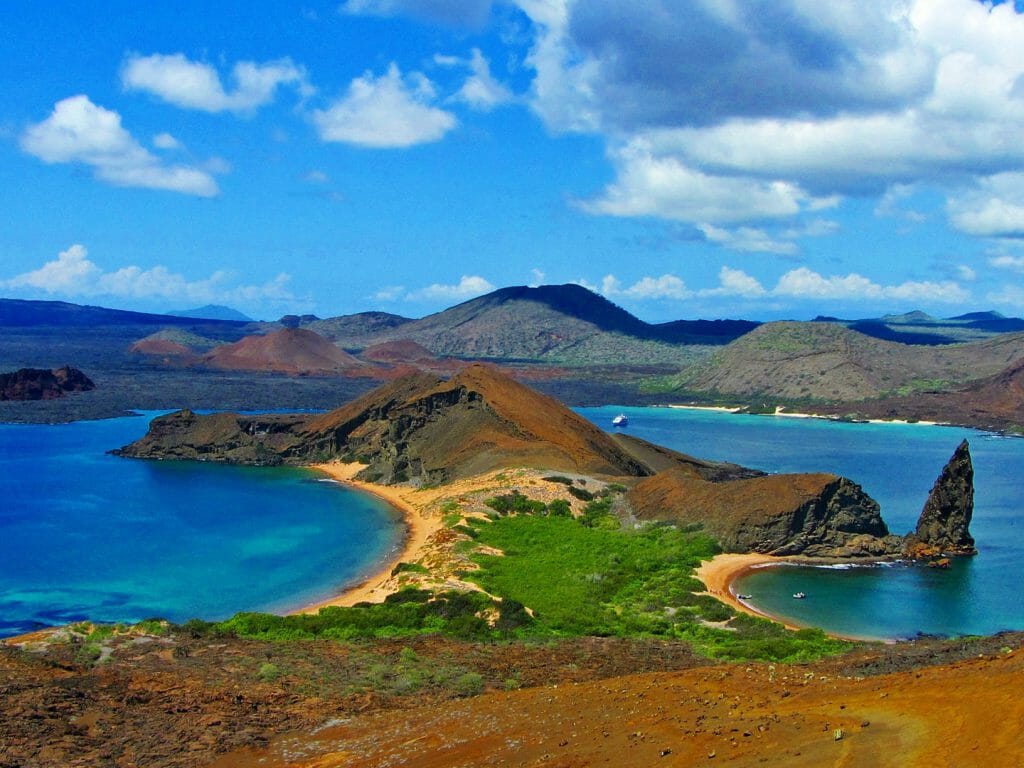
The island has two barren volcanic cinder cones, connected by green lush vegetation and golden sand beaches. A landing on Bartolome could be mistaken for that of Mars with its many red craters. Pinnacle rock sits in Bartolome’s northern bay and here you can find Galapagos penguins living at the foot of the rock. Quite a steep climb takes you up to a spectacular viewpoint at the summit of a splatter cone. Snorkelling around the island you can swim with penguins.
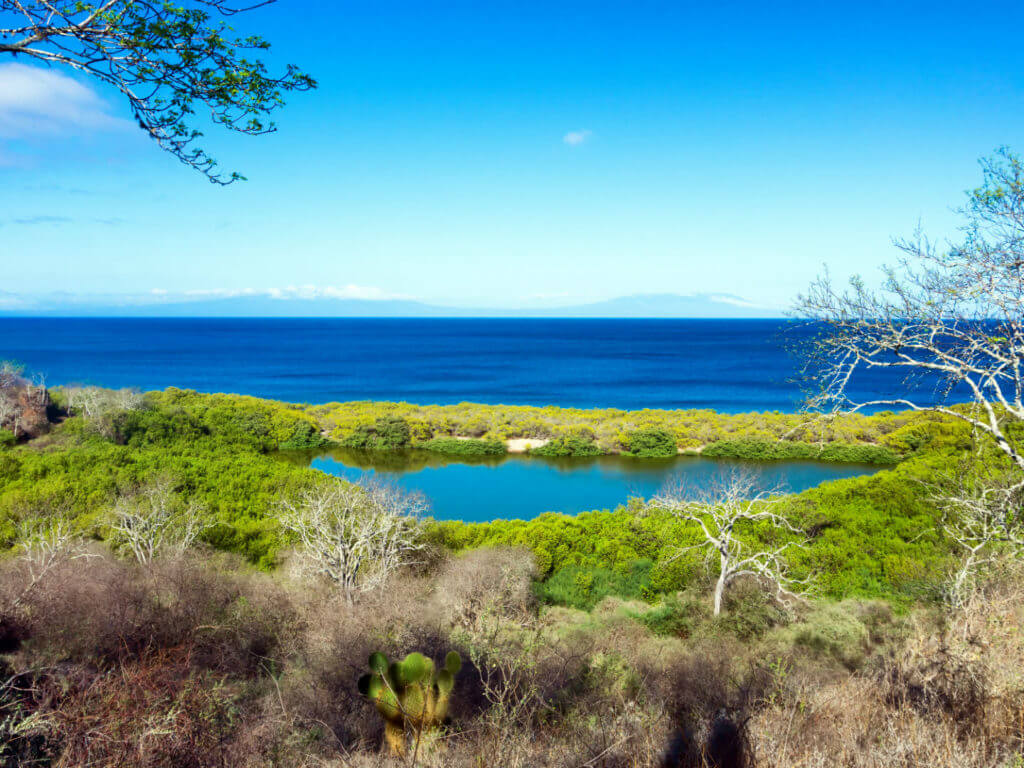
The official name is San Salvador and it is large enough to hold the endemic subspecies of the giant tortoise and the nocturnal rice rat. Puerto Egas is the remains of a salt-mining operation and here you will see Galapagos hawks. If you head to the west of the island, the trail leads to a series of collapsed black lava tubes which have collapsed opening out to sea, forming fantastic grottos. Here you can watch sea lions and green sea turtles playing in the beautiful turquoise waters.
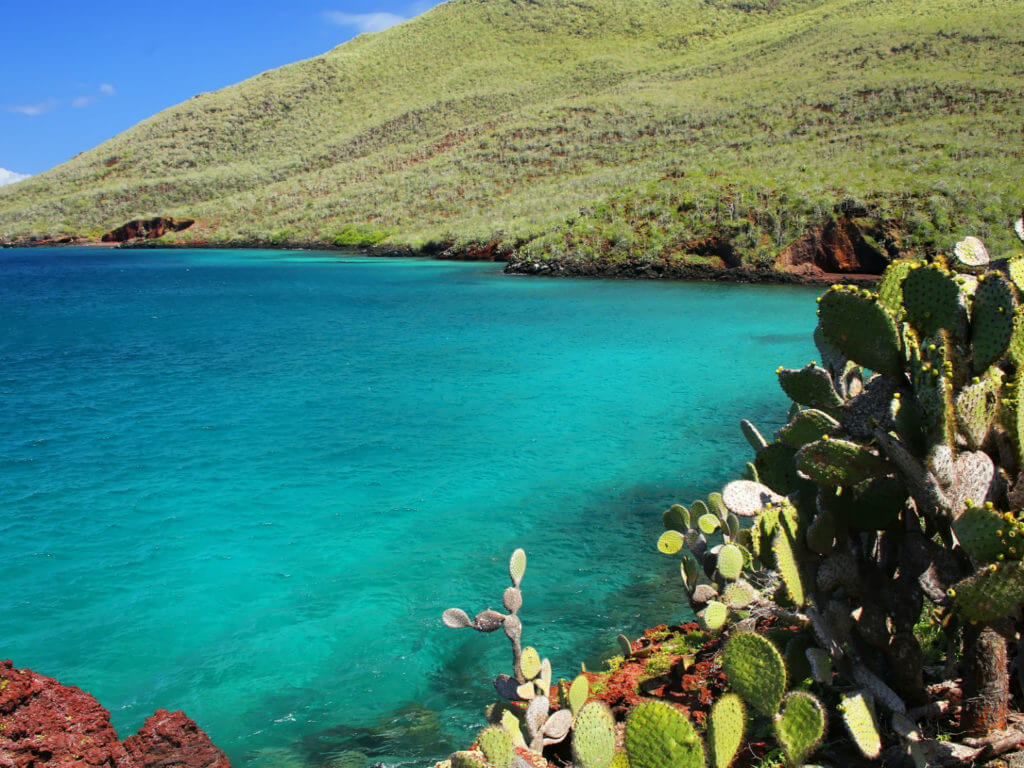
The most striking feature is a high bluff on the north coast, which glows a startling rust-red when the sun is low in the sky. Greater flamingos share a brackish lagoon with sea lions, nesting brown pelicans and herons. Galapagos hawks are also visible on the island.
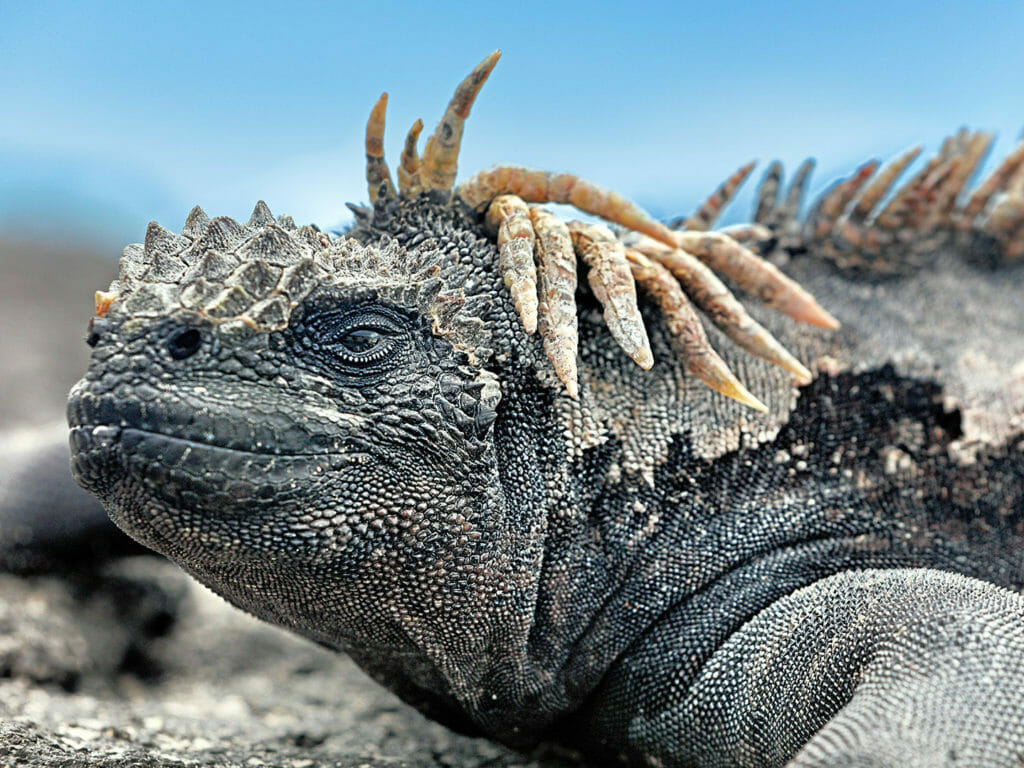
The youngest and most active volcano in the Galapagos erupts every few years. The flat lava of Punta Espinosa offers a stark and barren landscape, but here flightless cormorants build their nests on the point, sea lions laze on the beach or swim in the tide pools and marine iguanas climb over one another.
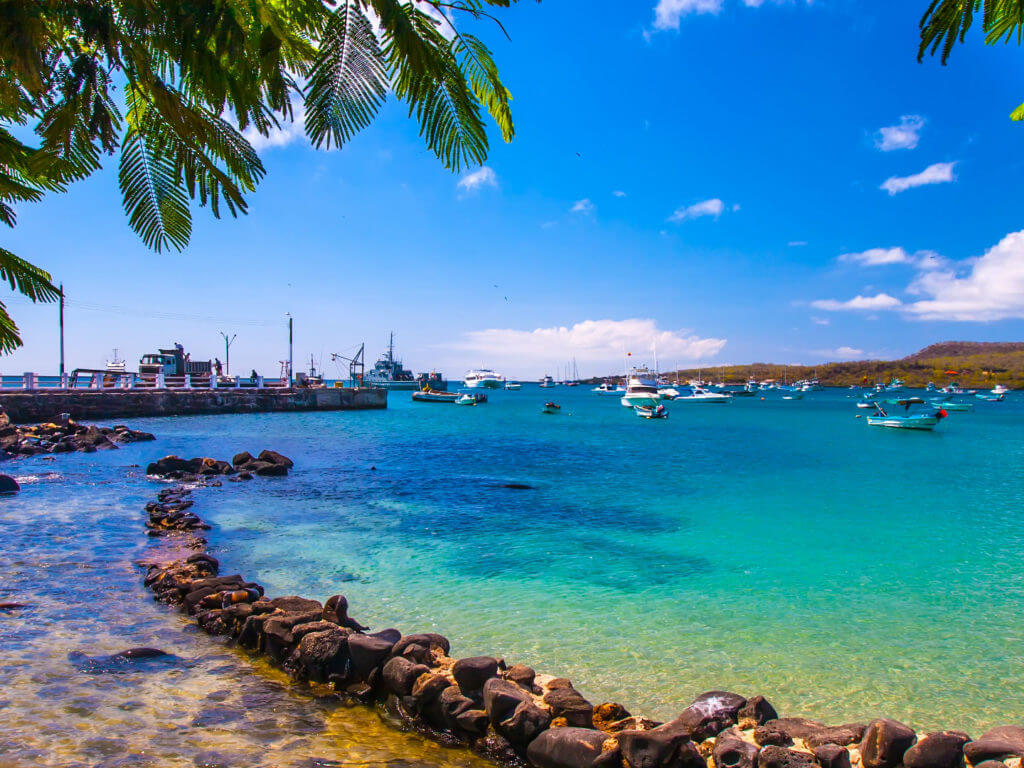
Puerto Baquerizo Moreno is the official capital of the archipelago situated to the southeast of San Cristobal. The Visitor Interpretation Centre was opened here by the Galapagos National Park in 1998 and serves as a source of information about the islands communities and natural history. San Cristobal is the only island with a freshwater lake located in the crater of the ‘El Junco’ Volcano. The rain-filled crater, almost 300m across and 6m deep, is a vital source to the Island and majority of tourist ships in the Galapagos.
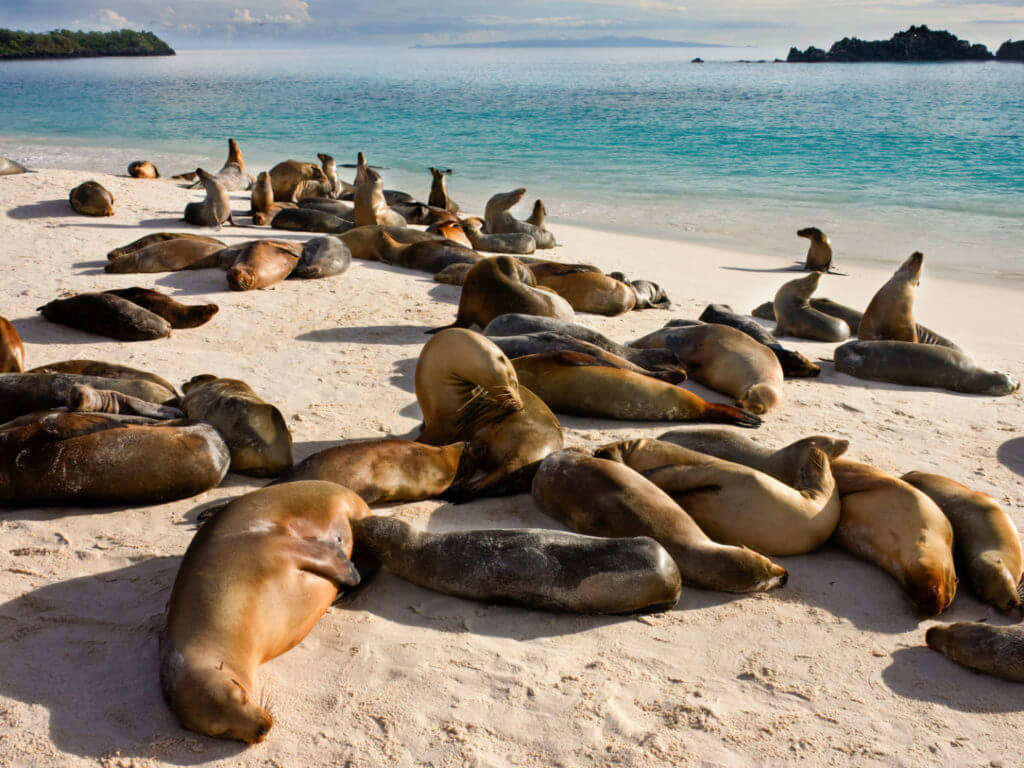
This island is thought to be an uplifted lava flow and one of the oldest islands. Punta Suarez is renowned as the only location on earth that is home to the waved albatross which nests here between March and December. Hood mocking birds, red-billed tropicbirds, brightly coloured marine iguanas and lava lizards are found here, as are nesting colonies of Nazca boobies and blue-footed boobies.
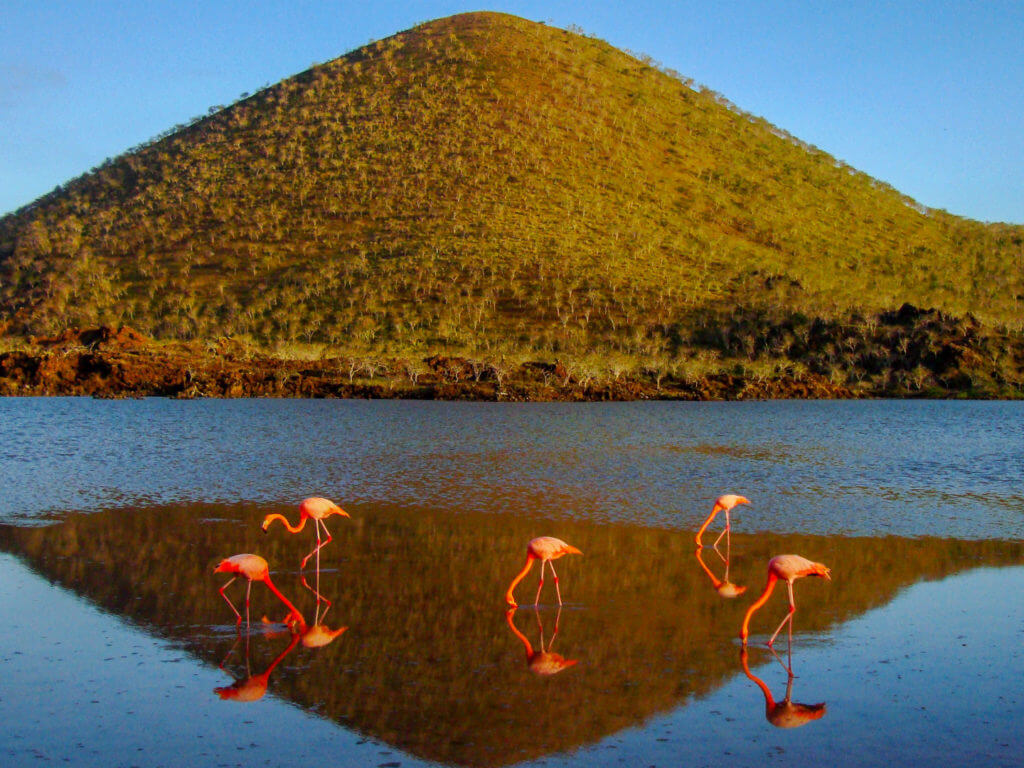
Officially named Santa Maria, Floreana is an island with a most interesting human history, haunt of the erratic baroness and her entourage. It also has a main post box, an old casket that has been on the beach since 1763 for sailors to place their mail in and collect the post on their way home. It still works today! Land on a green beach of olivine sand and see the pink flamingoes in the lagoon. Over the hill is a coral sand beach known as a nesting area for green turtles, which brings in the white-tipped sharks visible from the shore. Snorkel in a volcanic crater, the Devil’s Crown, one of the best snorkelling sites in the Galapagos.
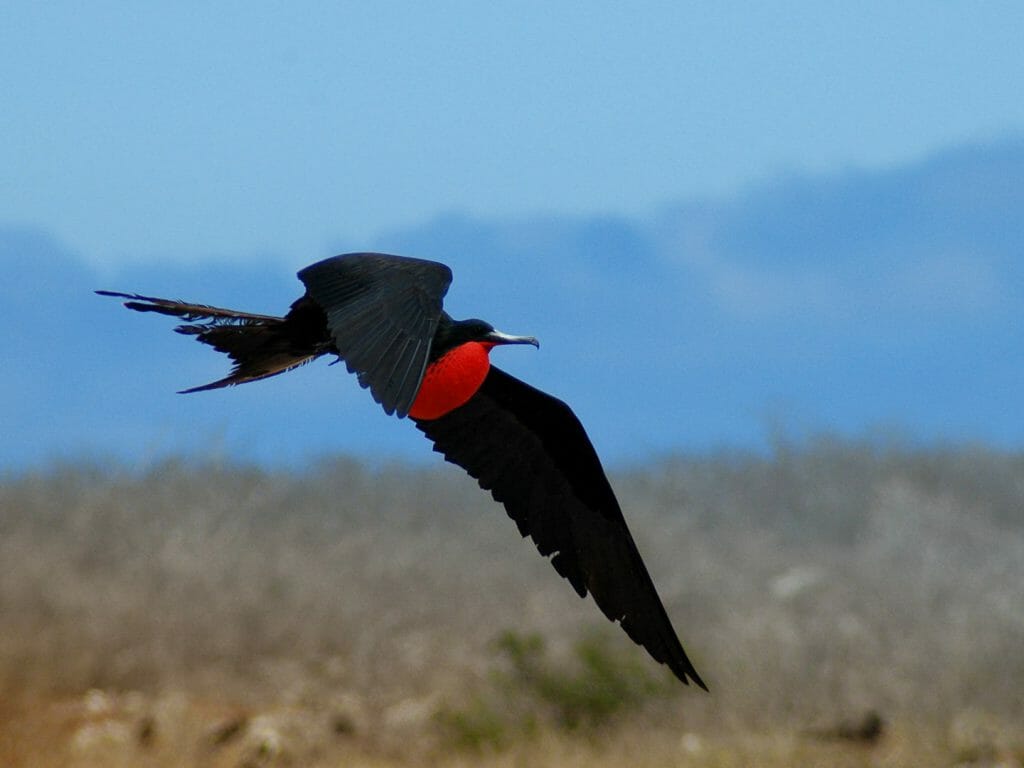
Also referred to as ‘Bird Island’ for its profusion of inhabitants, expect to see blue-footed boobies and, more uncommonly the red-footed boobies, some of the great birding characters on these islands. Frigate birds fill the skies and at night the only nocturnal gulls in the world, the swallow-tailed gulls, keep the air alive with sound. The beauty of this island is that it can only be reached on faster vessels and therefore its remoteness adds to its tranquillity and its enjoyment. Snorkelling here is full of surprises with its nutrient-rich waters.
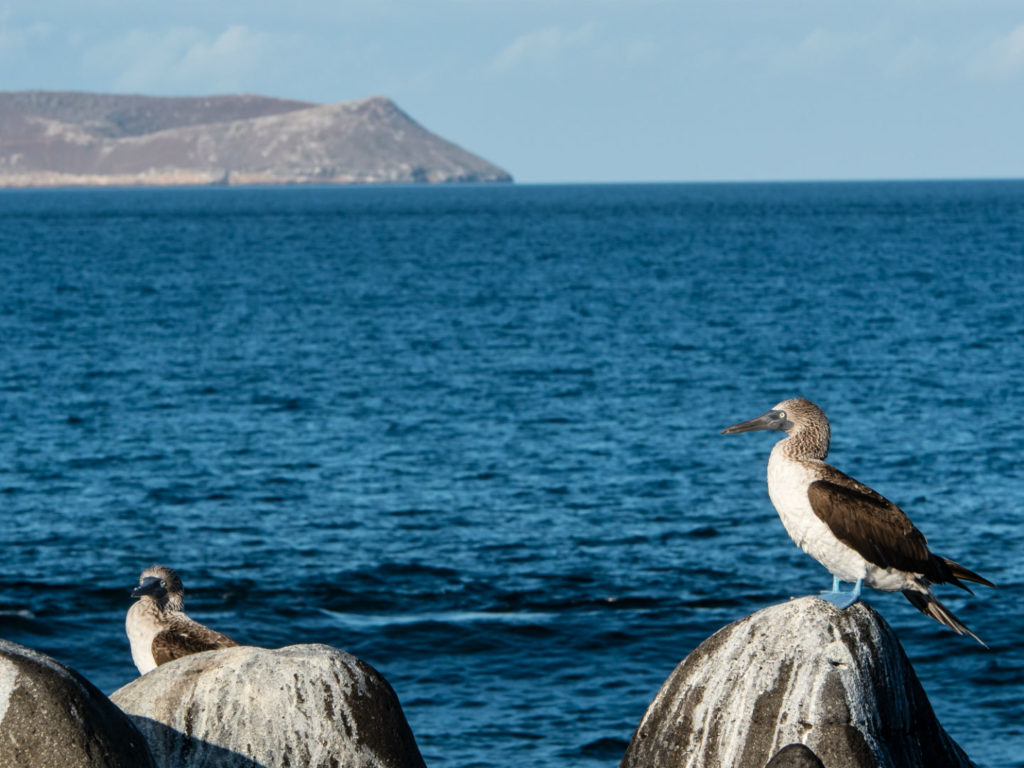
A steep eroded tuff cone is surrounded by the Canal San Salvador which is so deep that boats cannot anchor. Daphne Major is located 50 km north of Puerto Ayora. Wildlife to view here includes the red-billed tropicbirds and Darwin’s finches.
Tell us what you love doing and we’ll curate a journey that’s perfect for you.
Below are some of the wonderful properties to include on your journey.
Renovated in 2022, Sea Star is a 138-foot-long motor yacht that accommodates 16 passengers in eight large cabins, all with panoramic windows, four with private balconies and two of which can interconnect. Onboard facilities include two…
An eco-luxury tented camp in the wild highlands of Santa Cruz Island, Galapagos Safari Camp is set on a ridge that overlooks the Pacific Ocean and National Park. Its breath-taking infinity pool doubles as an extraordinary…
A boutique eco-friendly hotel with minimalist design aesthetics, Iguana Crossing offers a unique insight into life on the scarcely populated Isabela Island. Boasting a beachfront location in the small village of Puerto Villamil, the property is…
An exclusive property nestled on a 480-acre private estate in the highlands of Santa Cruz Island, Royal Palm Hotel is a secluded hideaway situated on a gently sloping hill with views to the ocean in the…
Named after the Darwin finches that frequent the surrounding area, Finch Bay Hotel is nestled across from Puerto Ayora in a quiet oceanfront location on Santa Cruz Island. The property features 27 rooms and suites, an…
A unique concept in the Galapagos, Pikaia Lodge is a contemporary property that carefully balances adventurous land-based activities with ocean-bound excursions. Guests are welcomed on board the lodge’s spacious and luxurious yacht and allocated a private…
A passion for travel runs right through every one of our experts - meaning they're always ready with first-hand insight about their specialist countries.
Send us an enquiry
Complete our enquiry form and start your next journey.
Our knowledge, curiosity and expertise set us apart, driving us to create remarkable holidays and Beautiful Adventures tailored perfectly to you, carefully curated to help protect and conserve our planet.
Are you ready to Discover Extraordinary?




